Question about an underground splice
jackyg
9 years ago
Related Stories

REMODELING GUIDESConsidering a Fixer-Upper? 15 Questions to Ask First
Learn about the hidden costs and treasures of older homes to avoid budget surprises and accidentally tossing valuable features
Full Story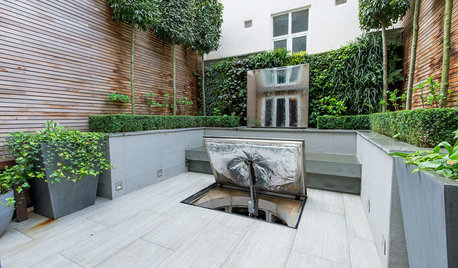
BASEMENTSWhat Lies Beneath: Cool Things to Build Underground
Ingenious designers are going below the surface in some amazing — and surprising — ways
Full Story
LIFEThe Beautiful Thing About Dad's Chair
My father had his own spot in the house. His father had his own spot. Now I have mine
Full Story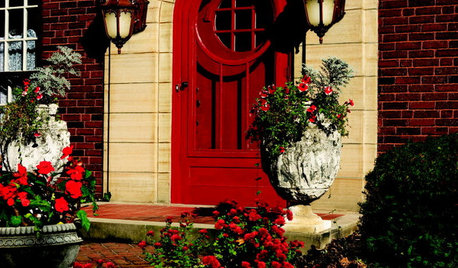
ENTRYWAYSYour Entry: Mad About Red
A Red Front Door Bids You Welcome, Good Luck and Happiness
Full Story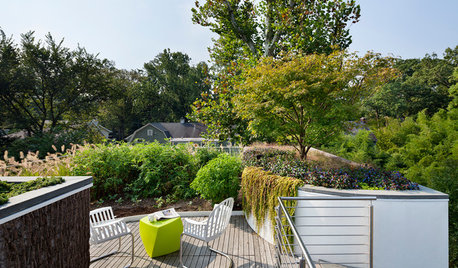
LANDSCAPE DESIGNProblem Solving With the Pros: Sustainable Landscape Captures Runoff
An underground cistern, permeable paving and a rain garden are part of this Washington, D.C. yard's thoughtful design
Full Story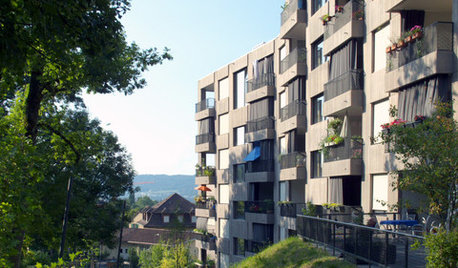
ARCHITECTURE4 Zurich Projects Build on High-Rise Livability
Generous landscaping, underground parking and terraces make these apartment complexes models of thoughtful housing
Full Story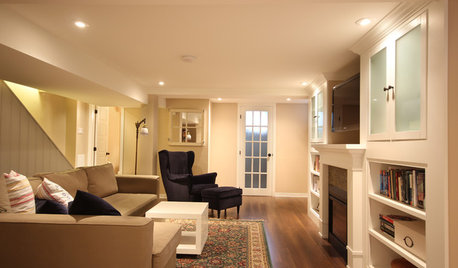
BASEMENTSBasement of the Week: Smart Cost Cutting, Beautiful Results
A stylish multipurpose basement for less than half the usual cost? See the budget-saving tricks that helped this underground space
Full Story
THE ART OF ARCHITECTUREDesign Practice: Why Saying No Can Be Good for Business
When talking with potential clients, ask yourself these questions to determine whether you should accept — or pass on — the job
Full Story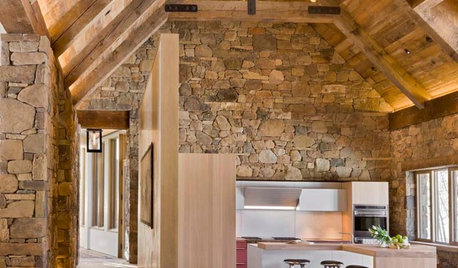
ARCHITECTUREDesign Workshop: Materials That Tell a Story
See how wood, concrete and stone convey ideas about history, personal taste and much more
Full Story
LIGHTINGThe Lowdown on High-Efficiency LED Lighting
Learn about LED tapes, ropes, pucks and more to create a flexible and energy-efficient lighting design that looks great
Full Story







Ron Natalie
weedmeister
Related Professionals
Barrington General Contractors · Big Lake General Contractors · Brownsville General Contractors · DeKalb General Contractors · Klahanie General Contractors · Muscoy Solar Energy Systems · Lynwood Solar Energy Systems · Norwich Solar Energy Systems · Baltimore Home Automation & Home Media · Highland Park Home Automation & Home Media · Oak Lawn Home Automation & Home Media · South San Francisco Home Automation & Home Media · St. Johns Home Automation & Home Media · West Hollywood Home Automation & Home Media · Wheaton Home Automation & Home Mediabus_driver
Ron Natalie